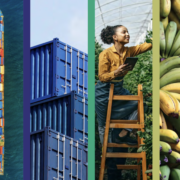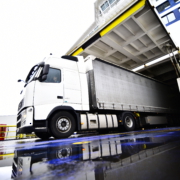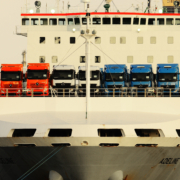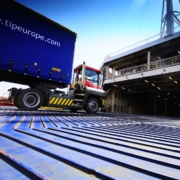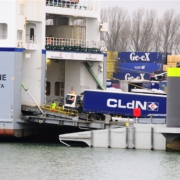www.getreadyforbrexit.eu – As of the 1st of July 2022, the British government requires a health certificate (veterinary) or phytosanitary certificate (plant products) for most of the veterinary and phytosanitary cargo that enters the UK. From that date on, these cargo types will also be inspected at the British border. The implementation comprises 3 steps:
1 July 2022: Certification + inspection most veterinary and phytosanitary cargo
This entails:
- All other regulated animal by-products
- All regulated plants and plant products (including floriculture)
- Meat and meat products
- Biological products
1 September 2022: Certification + inspection all dairy products
1 November 2022: Certification + inspection all remaining veterinary cargo
In the Netherlands, certification is performed by the NVWA (Netherlands Food and Consumer Product Safety Authority) and the various inspection services. Due to the large cargo flows that are bound for the UK, an operational approach with a minimal impact on logistics has been developed in consultation with the business community. As a precondition for this, it however is imperative that the relevant business community prepares properly. Now is the time to spring into action! The NVWA expects that parties that still have to start preparing after the 1st of April will be too late to catch the proverbial ‘early boat’ as of the 1st of July.
Certification procedure
In order to smoothly obtain export certificates, the government places many actions and responsibilities with the business community itself. Every company must comply with an extensive protocol for this. This protocol must be agreed upon and recorded with the NVWA or the relevant inspection service before the 1st of July. For phytosanitary cargo, a training course for company employees is involved as well.
Strictly operating according to protocol
Every company must be ready to operate according to the agreed-upon protocol by the 1st of July. Those who are not, will have to join the queue. It is essential that companies strictly adhere to the protocols. Otherwise, the government, from their responsibility for issuing export certificates, may impose additional requirements that guarantee correct operations, but hinder smooth handling.
More info
Many details about the forthcoming implementation of health and phytosanitary certificates, border controls, etc. are currently still being discussed by the European Union, the United Kingdom and the Netherlands. Thewebsite of the NVWA always features up-to-date information.


